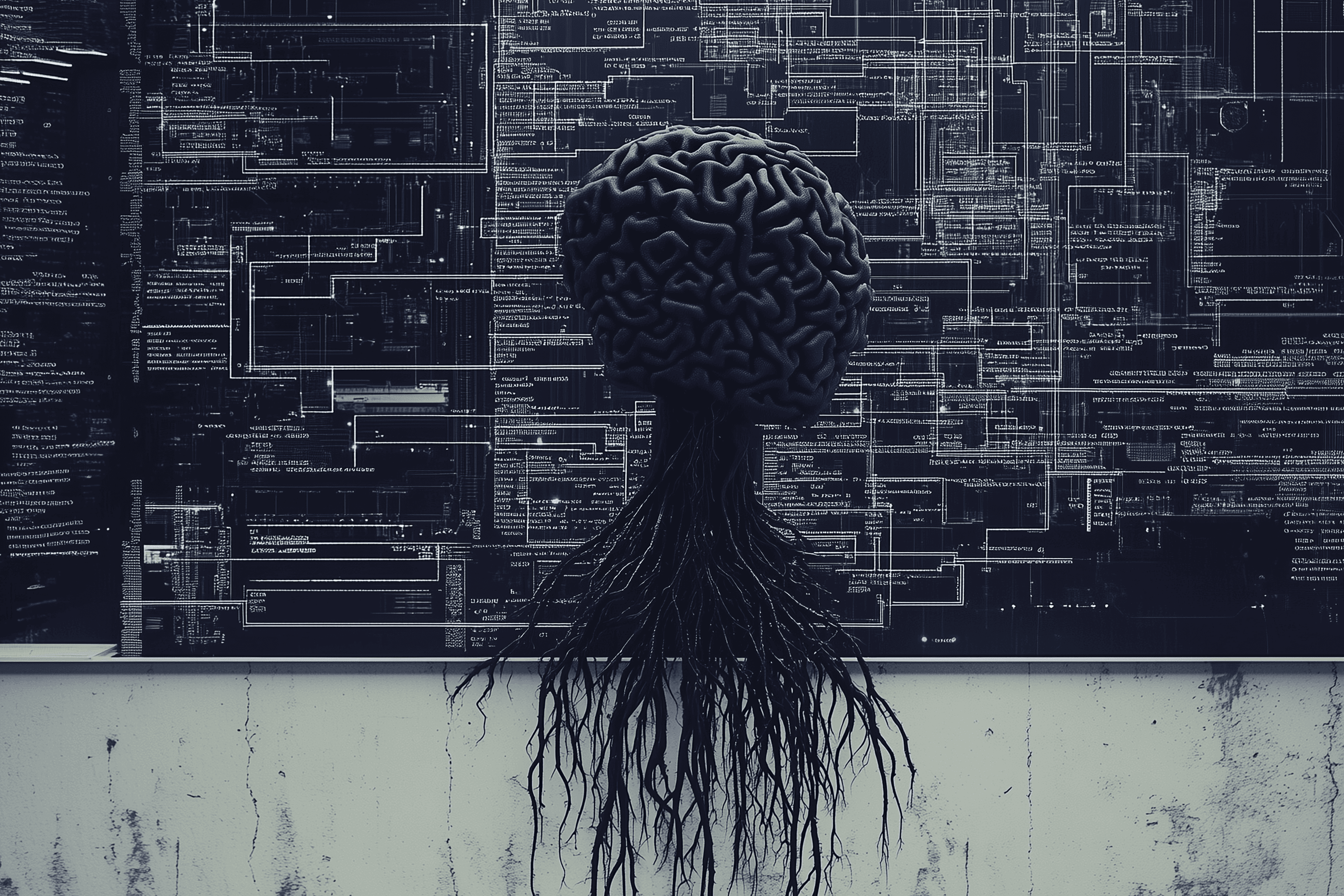Proof-of-GPU: AI Benchmarking
Dec 13, 2024

AI GPU Benchmarking with Proof-of-GPU
GPUs have moved far beyond gaming and media rendering. Today, AI presents some of the most demanding and resource-intensive workloads. Measuring GPU performance for these tasks requires specialized tests that align with real-world AI workflows rather than one-size-fits-all benchmarks.
Proof of GPU (PoG): a decentralized, on-chain system that ensures GPU performance is validated under conditions that mirror real-life AI training.
Why AI GPU Benchmarking Is So Different
Sustained Workloads
Traditional GPU benchmarks often measure performance in short bursts, looking at peak frames-per-second or theoretical throughput. However, training large AI models can last for hours, days, or even weeks. A GPU that delivers high speed in a short test might throttle or overheat when pressed for extended periods. True AI benchmarking must capture these long, sustained sessions where consistency matters as much as peak performance.
Memory Demands
Large language models often require massive memory capacity and high bandwidth to handle enormous datasets efficiently. Non-AI benchmarks may overlook these extremes, but AI tasks push a GPU’s memory to its limit—if data can’t be efficiently shuffled in and out of memory, the GPU stalls. An AI-centric benchmark must stress test both memory capacity and bandwidth.
Data Precision and Specialized Operations
Machine learning increasingly uses mixed-precision techniques—like FP16 or FP8—to accelerate training without sacrificing too much accuracy. Many standard benchmarks ignore these specialized floating-point operations, focusing on FP32 or FP64 throughput. AI tests, by contrast, measure how quickly a GPU can handle matrix multiplications or tensor operations at various precisions, as those are exactly what training and inference rely on.
Realistic AI Use Cases
Rather than relying on purely synthetic tests, effective AI benchmarking involves real neural network models. For instance, fine-tuning a GPT-like language model provides a more accurate picture than a simple compute-intensive loop. Realistic workloads reflect multi-epoch training, data loading, and parallelism—aspects that heavily influence final performance in actual AI projects.
Scalability and Multi-GPU Support
In modern AI development, especially at the enterprise or research lab level, one GPU is rarely enough. Large-scale training often employs multi-GPU clusters, requiring efficient interconnects and communication mechanisms like NVLink or Infinity Fabric. An AI-oriented benchmark must measure how effectively a system scales as more GPUs are added—something standard single-GPU benchmarks don’t address.
Introducing Proof of GPU (PoG): On-Chain Transparency
While it’s possible to run accurate AI benchmarks in a lab, there’s increasing demand for verifiable performance data—particularly in decentralized GPU networks that rely on reliable compute resources. Proof of GPU (PoG) answers this need by measuring and validating real-world GPU performance in a transparent, decentralized manner.
What Is Proof of GPU?
Developed by Neural Internet, PoG continuously measures and verifies the real-world performance of GPUs in a decentralized manner. PoG runs workloads on participant GPUs and publishes the resulting performance metrics on-chain.
How PoG Works
Real AI Workloads – PoG uses benchmarks that mimic genuine machine learning tasks, like matrix multiplications and inference loops, ensuring the results correspond to actual performance in AI.
Sustained TFLOPS Measurements – It doesn’t just check how many floating-point operations (FLOPS) a GPU can do momentarily; it also verifies the card can sustain those speeds over a long period, reflecting the reality of extended model training.
Holistic Hardware Scores – PoG includes CPU, RAM, and storage in its scoring system but assigns the greatest weight to GPU performance (e.g., 55%). This gives a well-rounded view of the total compute environment.
On-Chain Validation – By publishing results to a decentralized ledger, PoG ensures transparency and trust. Users and developers can see exactly how a GPU performed without relying on third-party claims.
Continuous Updates – As GPU drivers, models, or hardware configurations change, PoG re-runs benchmarks to keep performance records up to date—something not typically done by one-time, lab-based benchmarks.
Benefits of PoG for AI Benchmarking
Transparency: Anyone can verify the benchmarking data on-chain.
Sustainability: Miners or contributors are incentivized to keep their hardware in top shape because rewards are directly tied to performance.
Scalability: Multi-GPU setups are aggregated into a single score, accurately reflecting large-scale AI capability.
Fair Rewards: Those who provide the most capable hardware receive larger rewards—mirroring how enterprise AI developers prefer to invest in powerful systems that shorten training times.
Why Proof-of-GPU is Superior?
Accuracy for Real AI Demands – The differences outlined above highlight why peak performance metrics alone can be misleading. PoG’s AI-centric approach ensures each GPU is tested under realistic conditions, reflecting how it will actually perform in model training.
Decentralized AI Ecosystems – For projects built on distributed or decentralized networks, trust in compute resources is paramount. PoG’s auditable nature assures participants that the compute advertised is truly available.
Incentivizing Better Hardware – By rewarding GPUs with higher memory, better bandwidth, and proven multi-GPU scalability, PoG encourages an overall upgrade of hardware in the network—leading to more robust and powerful AI infrastructure for everyone.
Industry-Wide Adoption – Similar to the way HPC experts benchmark top-tier GPUs, PoG can become a standard for decentralized AI. It captures the very same HPC-level rigor but encodes it in a trustless, permissionless environment.
AI GPU benchmarking is worlds apart from simple graphics or compute tests. It must account for long-running workloads, heavy memory usage, specialized floating-point ops, multi-GPU parallelism, and more. These practical concerns have brought forward innovations like Proof of GPU (PoG): a decentralized, on-chain system that ensures GPU performance is validated under conditions that mirror real-life AI training.
By combining rigorous HPC-style benchmarks with transparent, continuous verification, PoG ensures that genuine, sustained GPU performance is recognized and rewarded in a transparent, trust-minimized way. PoG will create a more reliable and efficient DePIN AI compute landscape.
